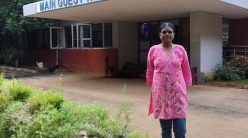
On 8 April 2017, undergraduate (UG) students from IISc performed Indian folk dances that communicated complex scientific ideas. The performances, which brought together the arts and sciences, were part of their humanities course Mapping India through the Folk Arts. The Saturday morning spectacle comprised six different dances, each of which was performed by a group of students majoring in either Physics, Chemistry, Biology, Mathematics, Earth & Environmental Science, or Material Science. Each of the six dances represented a ground breaking piece of research from one of these fields of study. All the photographs of the dances were shot by Sabyasachi Basu.
Kalbelia: Four Colour Theorem (Mathematics)
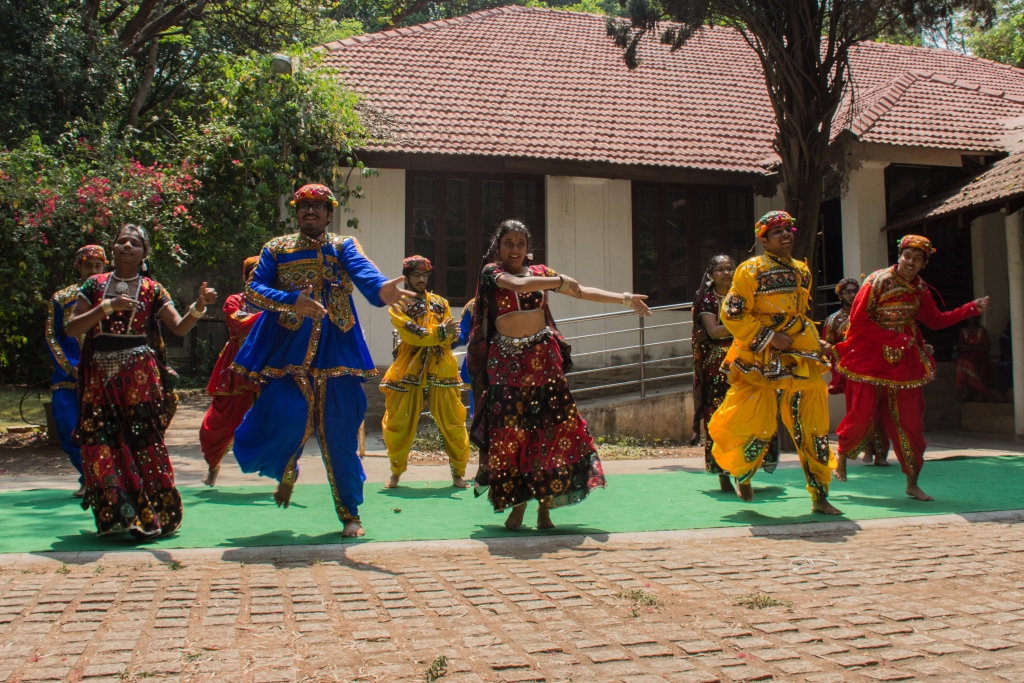
Dancers donning costumes in four different colours perform the sensuous snake charmer dance of Rajasthan to express the complex theorem that not more than four colours are required to colour the separate regions of a plane, so that no two adjacent regions have the same colour.
Vira: Plastic Eating Worms (Earth & Environmental Science)
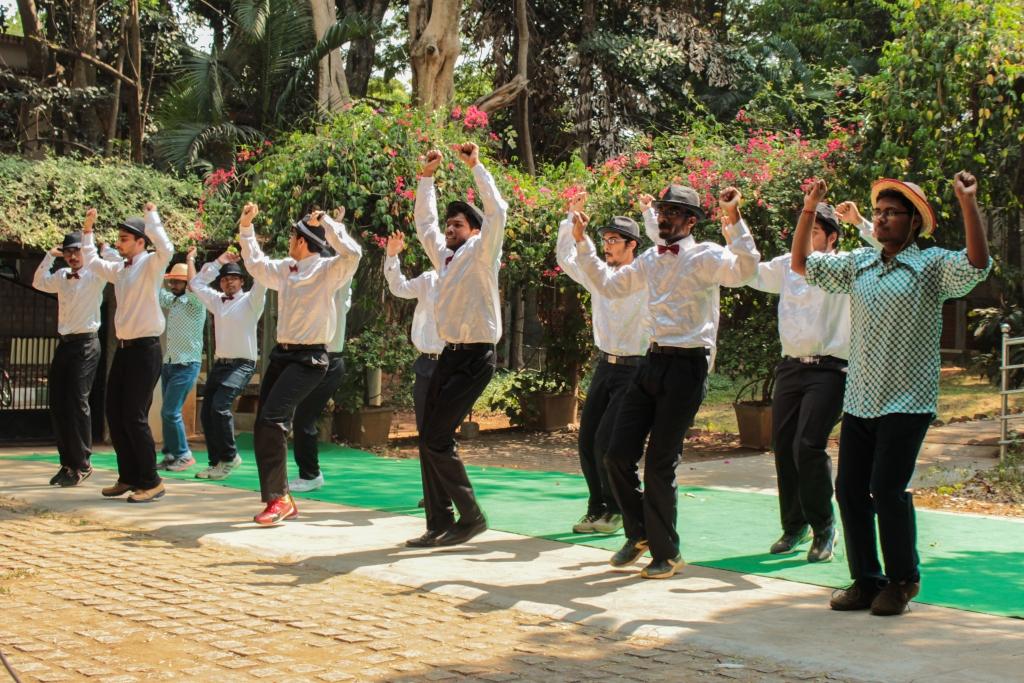
The zestful Vira dance – a hangover from Portuguese colonisation in Daman and Diu – shows the unfettered party of the plastic molecules until mealworms introduced by scientists break their bonds and spoil the fun.
Lavni: CRISPR (Biology)
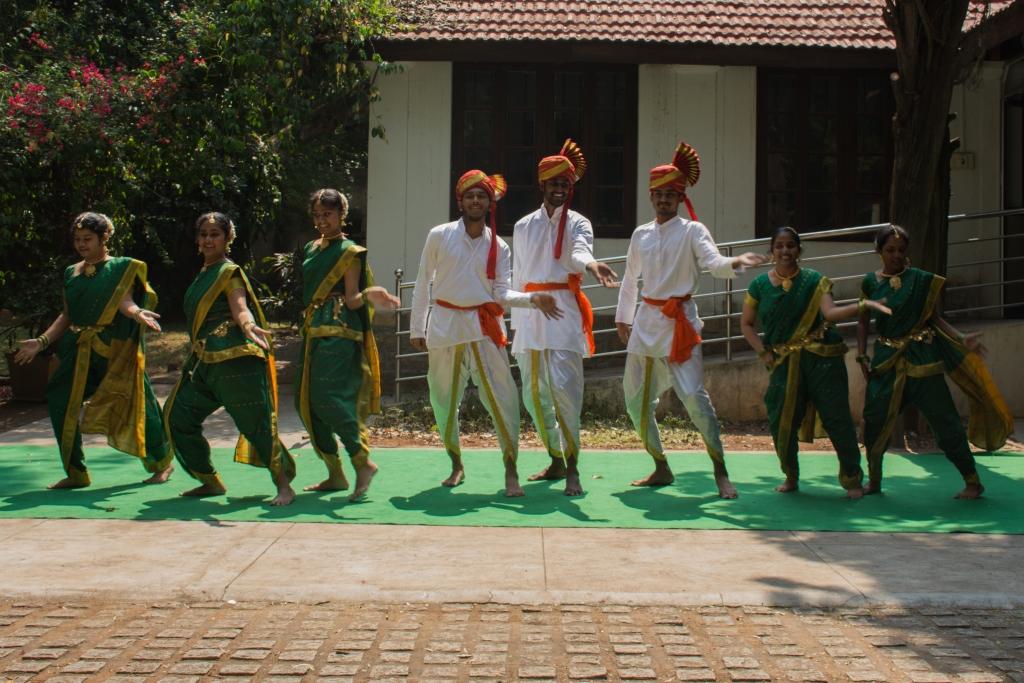
The energetic dance from Maharashtra, with its unique costume and choreography, shows the genome editing technology that allows permanent modification of genes within organisms, and has a wide range of applications.
Koothu: Material Properties and Microscopy (Material Science)
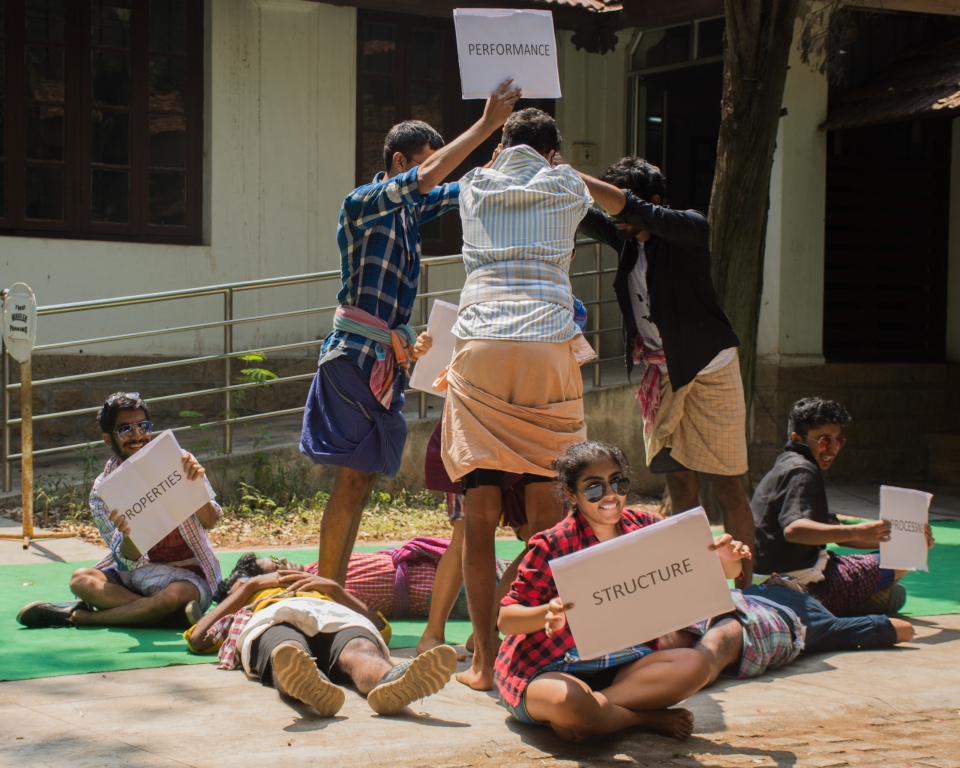
The high-octane street folk dance form (Dappan) Koothu of Tamil Nadu shows techniques from materials science which probe and map the surface and sub-surface structure of a material.
Koithu Pattu: Gravitational Waves and Universe Expansion (Physics)
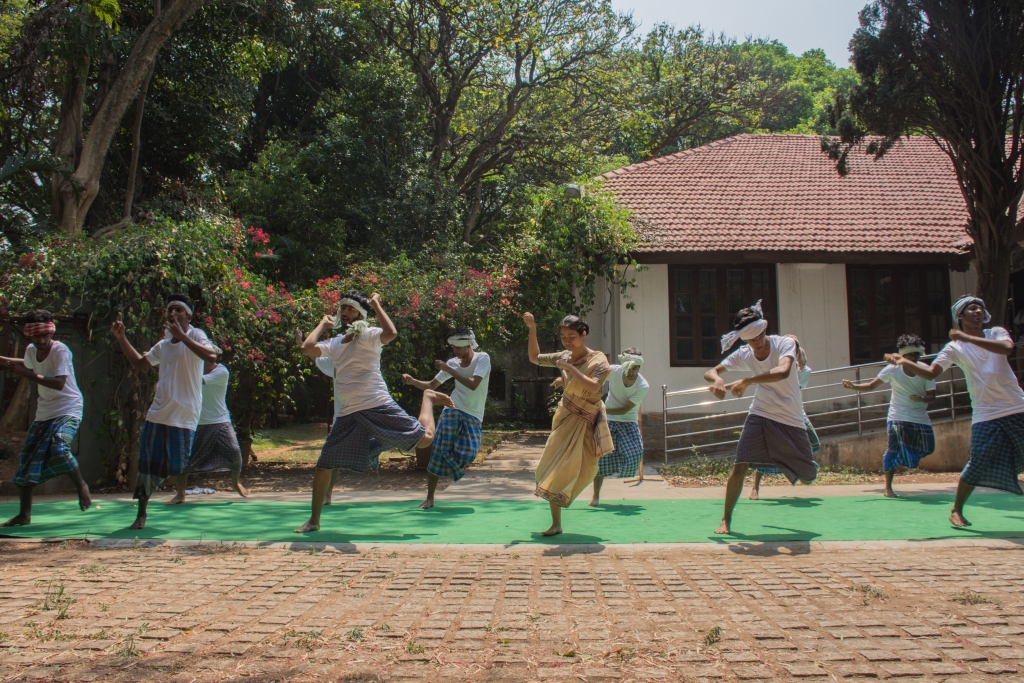
This rustic farmer’s harvest dance of Kerala explains the how gravitational waves will allow us to explore the fascinating mysteries of the cosmos.
Dollu Kunitha: Haber Process (Chemistry)
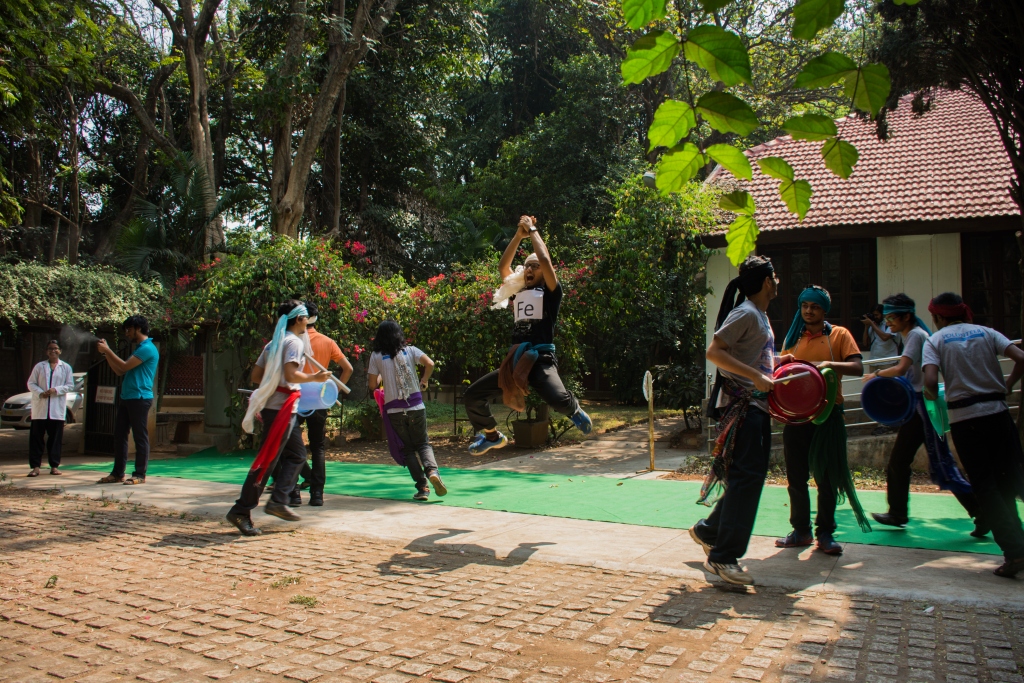
The popular drum dance of Karnataka with its typical structural patterns illustrates the exothermic and reversible formation of ammonia by combining nitrogen from the air with hydrogen derived from natural gas.
*Bitasta Das is an Instructor in the UG programme at IISc




